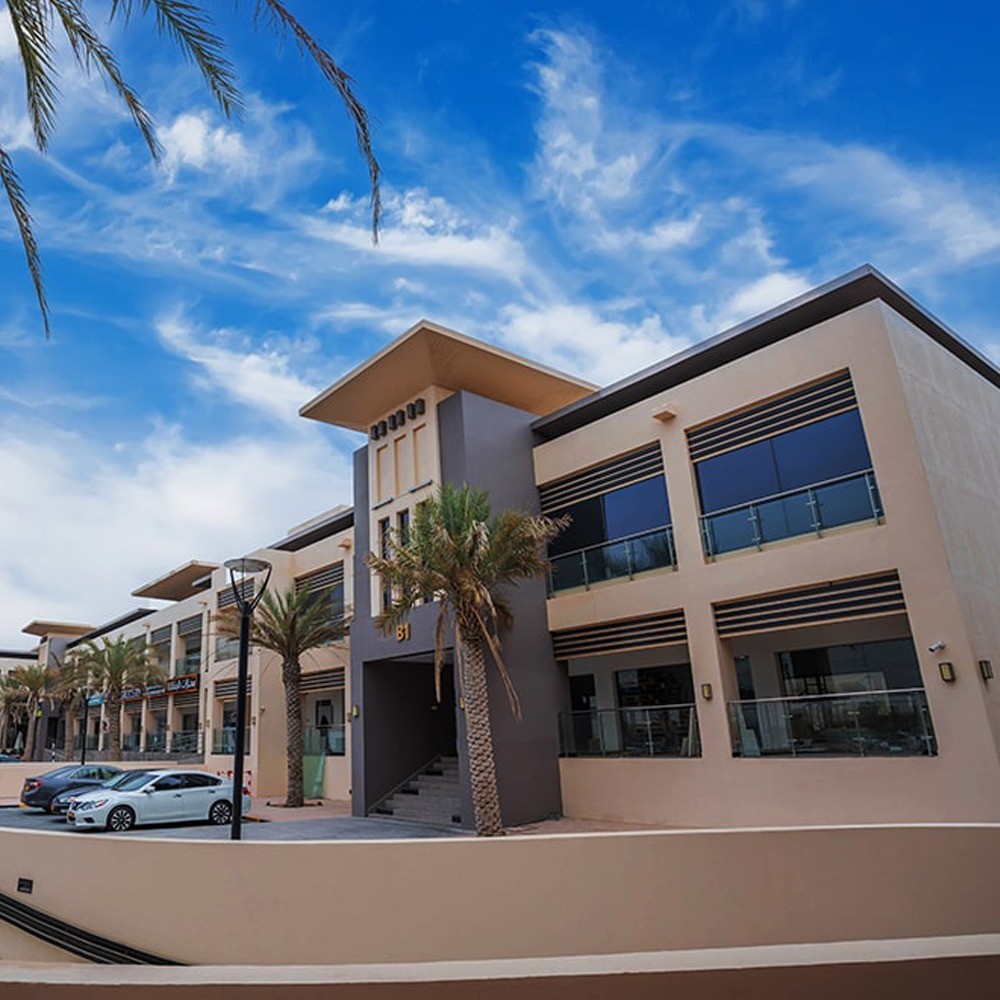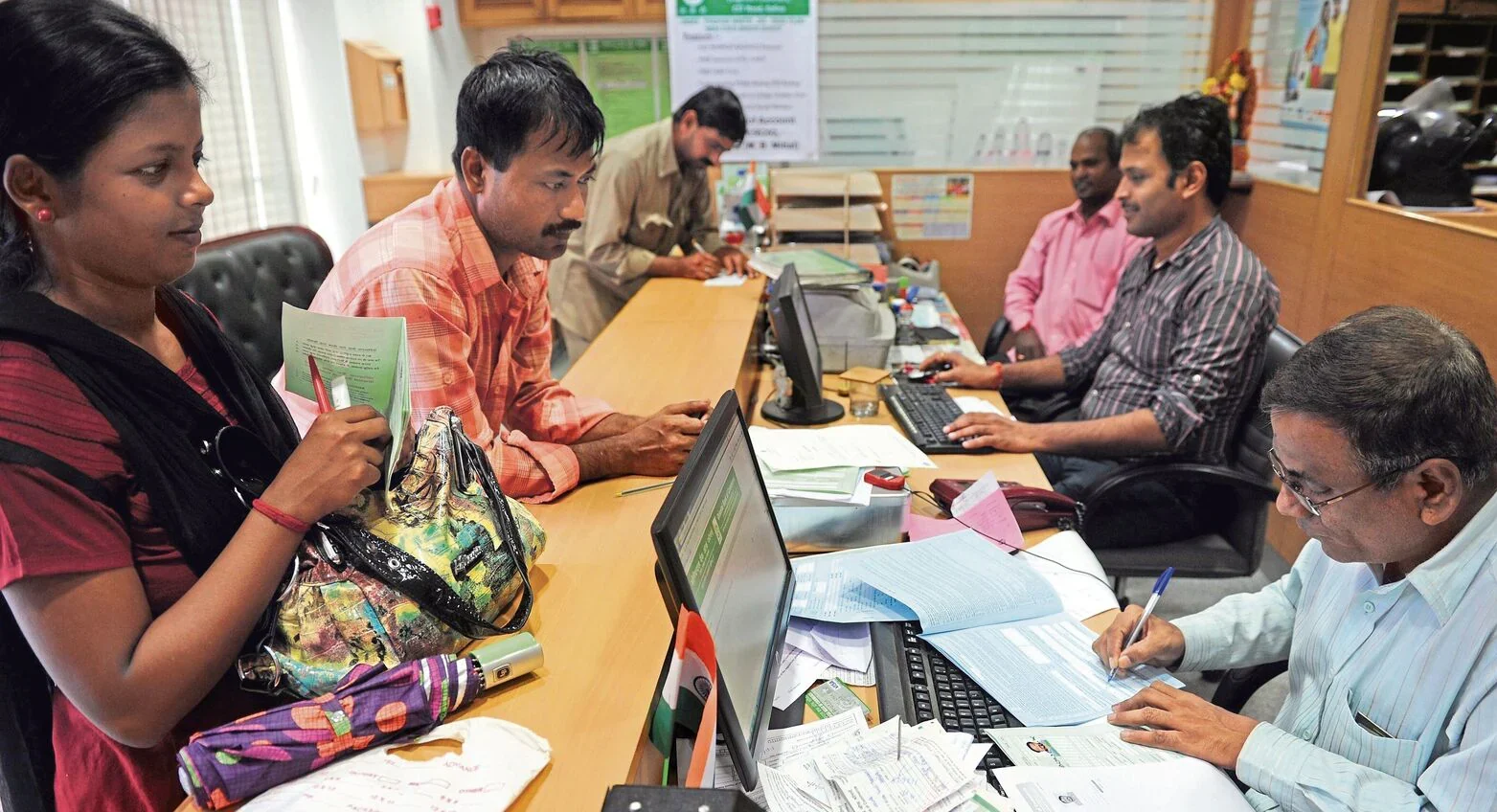Mumbai’s real estate market has achieved a significant milestone in 2024, with property registrations reaching 1,41,302, an 11% rise from 1,26,937 in 2023, according to data from the Inspector General of Registration and Controller of Stamps of Maharashtra.
Shishir Baijal, Chairman and Managing Director of Knight Frank India, commented, “Mumbai’s property market continues to showcase its resilience and adaptability. The steady rise in registrations and revenue highlights robust demand, particularly for premium and spacious homes. In December 2024 alone, the city recorded 12,145 property registrations, marking a 23% month-on-month increase. This growth reflects evolved homebuyer preferences for quality and value. It also underscores Mumbai’s real estate market as a significant economic driver and a reliable long-term investment.”
The year 2024 witnessed the highest property registration figures in 13 years, with 1.41 lakh registrations, compared to 1.26 lakh in 2023, 1.22 lakh in 2022, and 1.11 lakh in 2021. Pre-2020 figures have historically remained below 1 lakh.
In December 2024, Mumbai’s real estate market is expected to generate ₹1,154 crore in state revenue from 12,518 property registrations. This marks a growth from December 2023’s figures of 12,285 registrations and ₹933 crore in stamp duty collections.
Premium properties gain popularity
Homebuyers have shown a growing preference for premium properties. In December 2024, properties priced above ₹2 crore accounted for 23% of registrations, up from 18% in December 2023. Transactions in this segment reached 2,879. Meanwhile, registrations for properties under ₹50 lakh dropped from 30% to 25%, indicating a shift toward higher-value homes.
Apartments sized 1,000–2,000 sq ft saw a rise in popularity, increasing from 8% to 12% of total registrations. In contrast, smaller units under 500 sq ft declined sharply from 51% to 35%, reflecting a preference for more spacious living spaces.
Suburban trends
Mumbai’s western and central suburbs dominated the market, contributing 86% of total registrations. Central suburbs witnessed the most notable growth, with their market share rising from 29% to 33%. Western suburbs, however, saw a slight decline from 57% to 53%, driven by increased supply and heightened demand in the central regions.
Mumbai’s real estate sector continues to thrive, driven by shifting preferences and robust economic contributions, reaffirming its position as a key pillar of India’s property market.






















